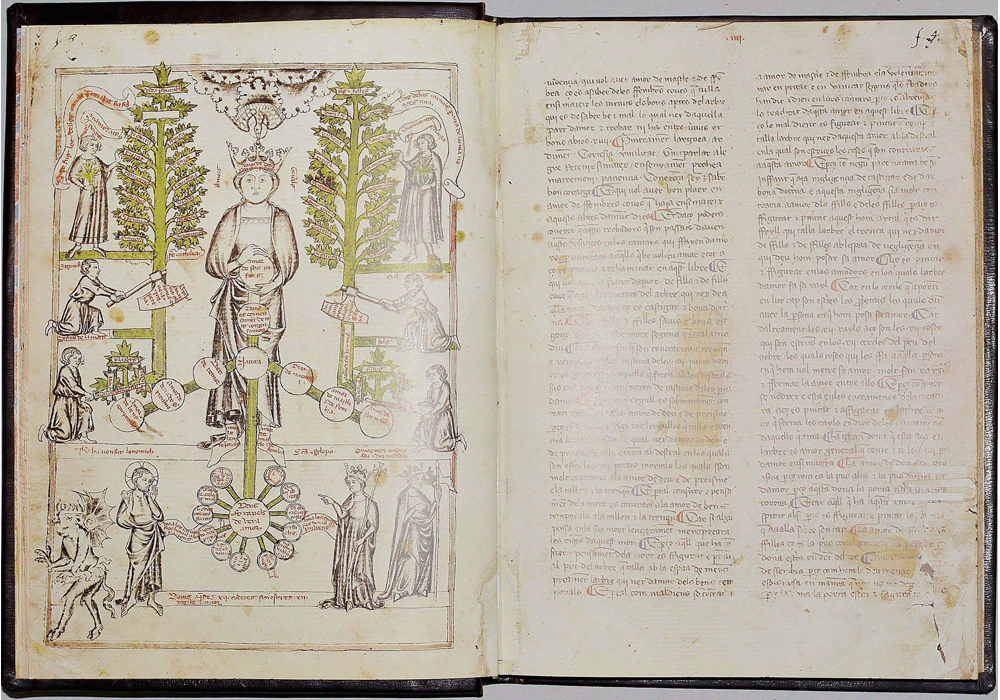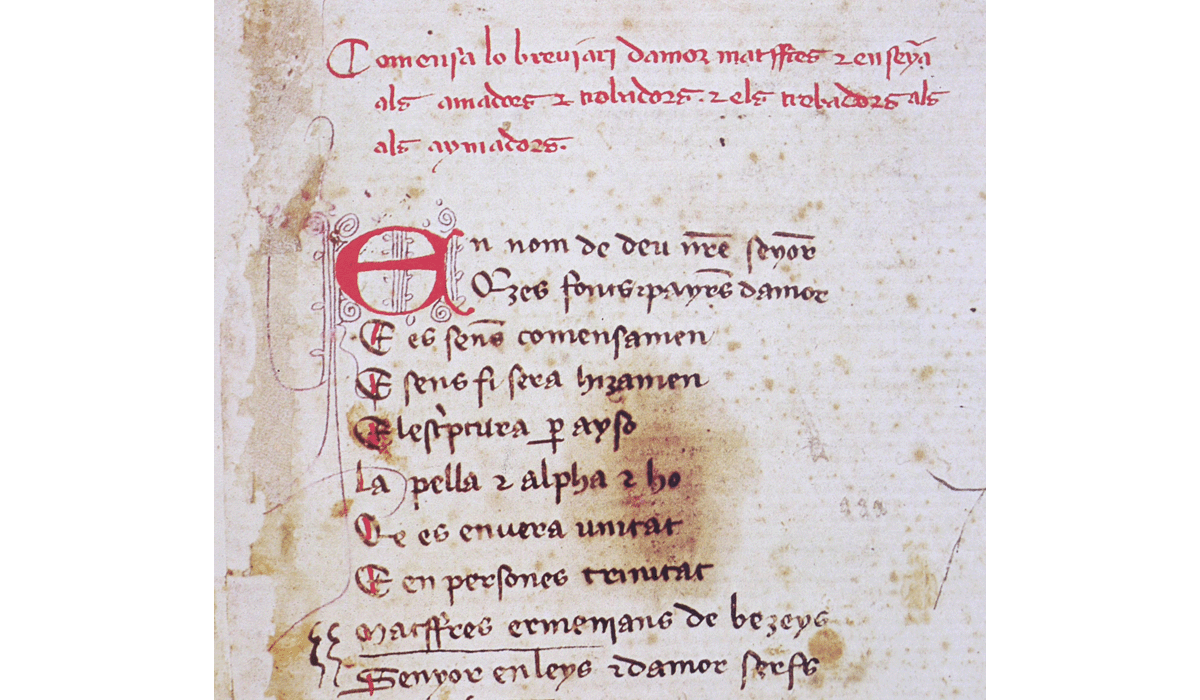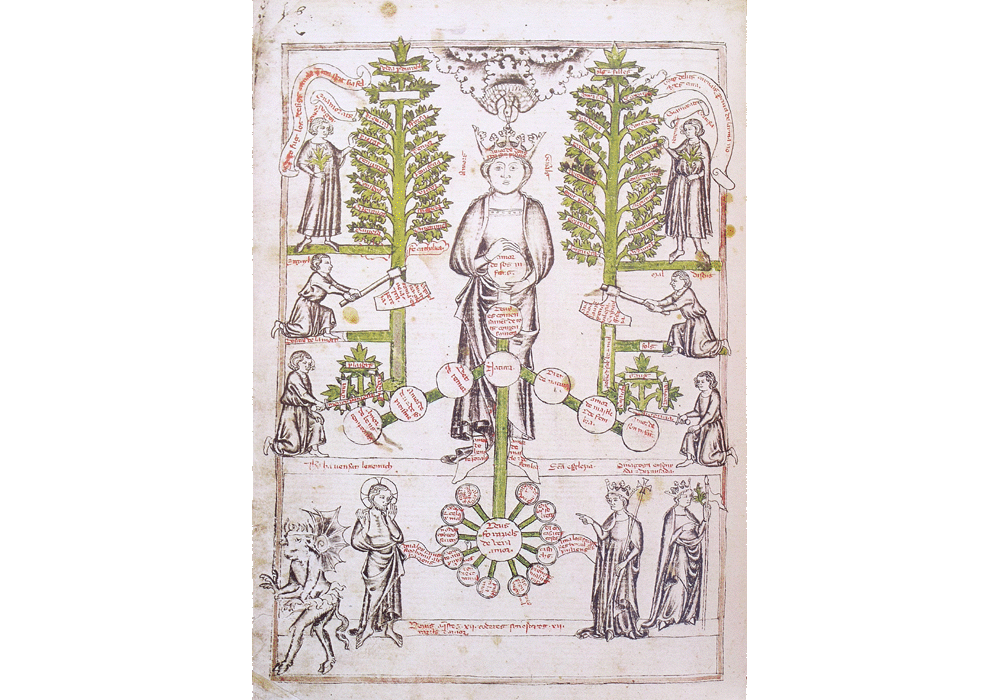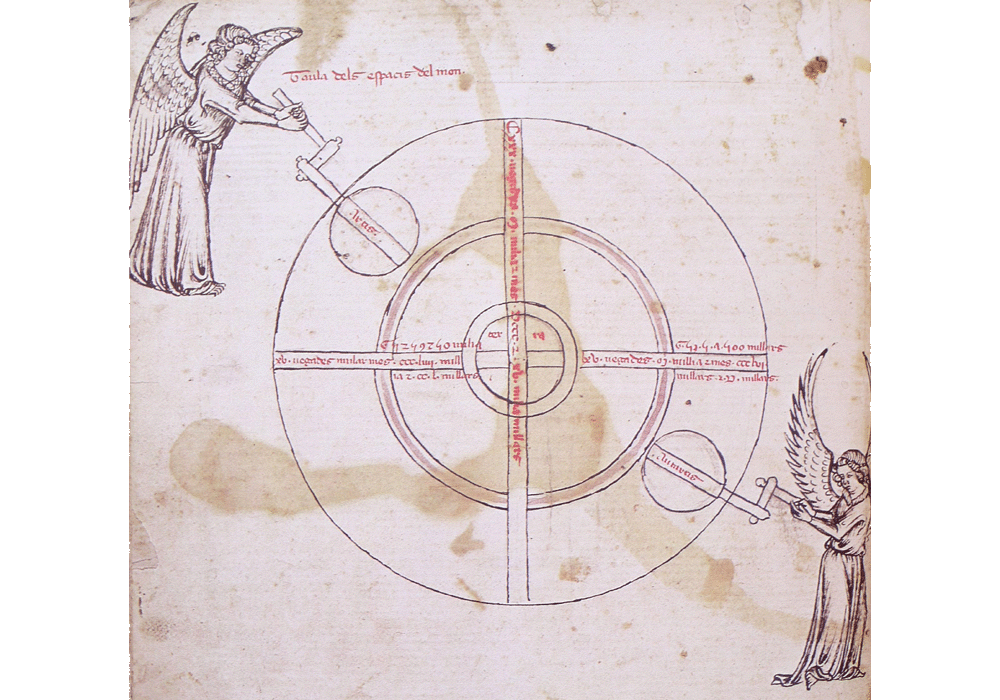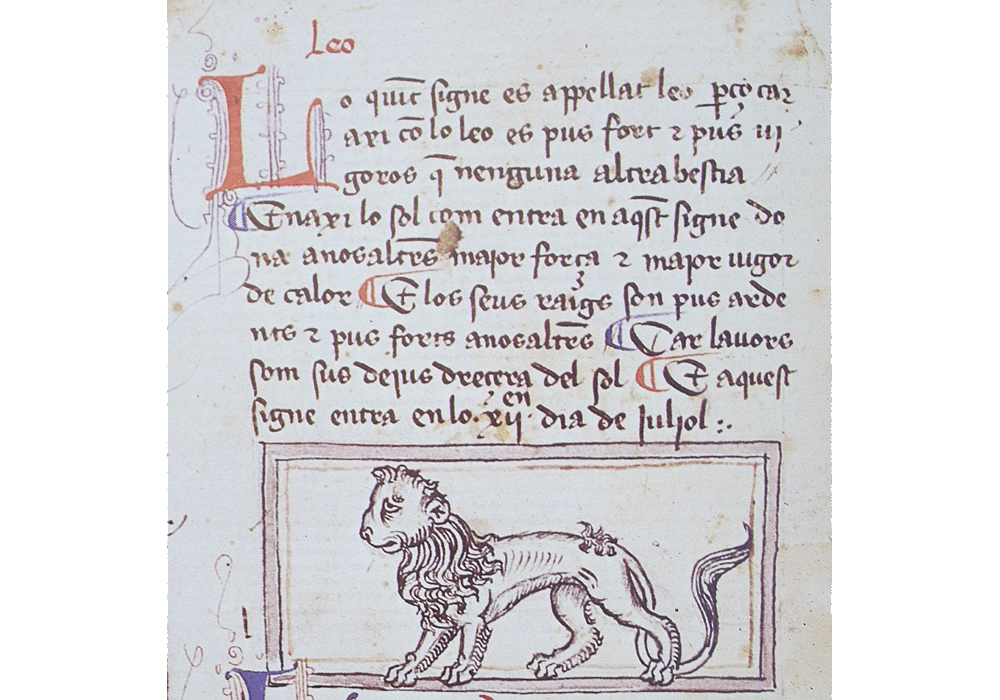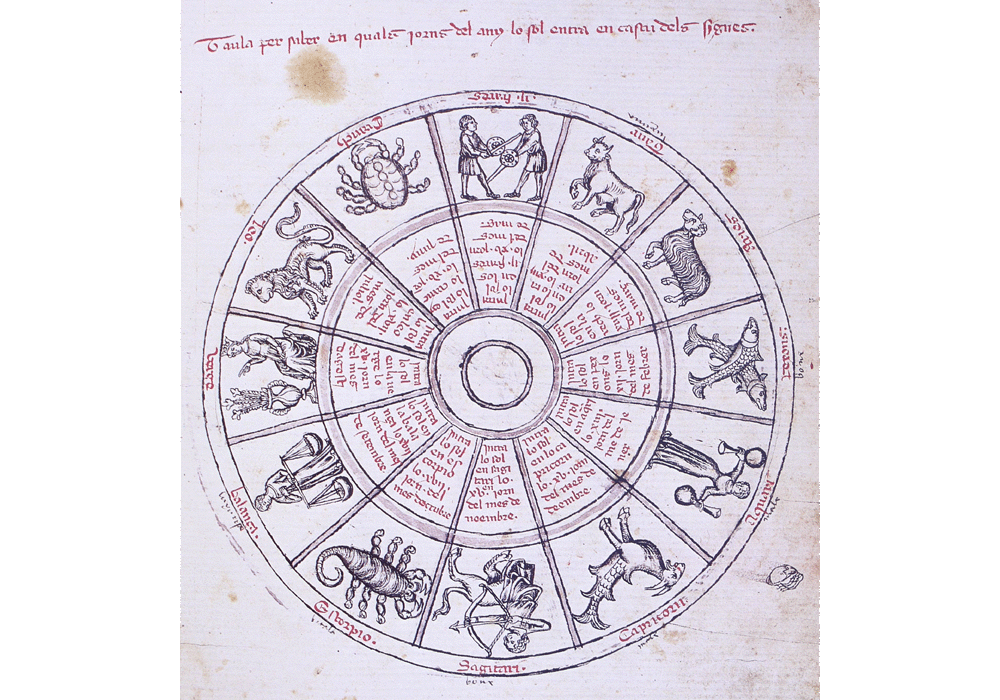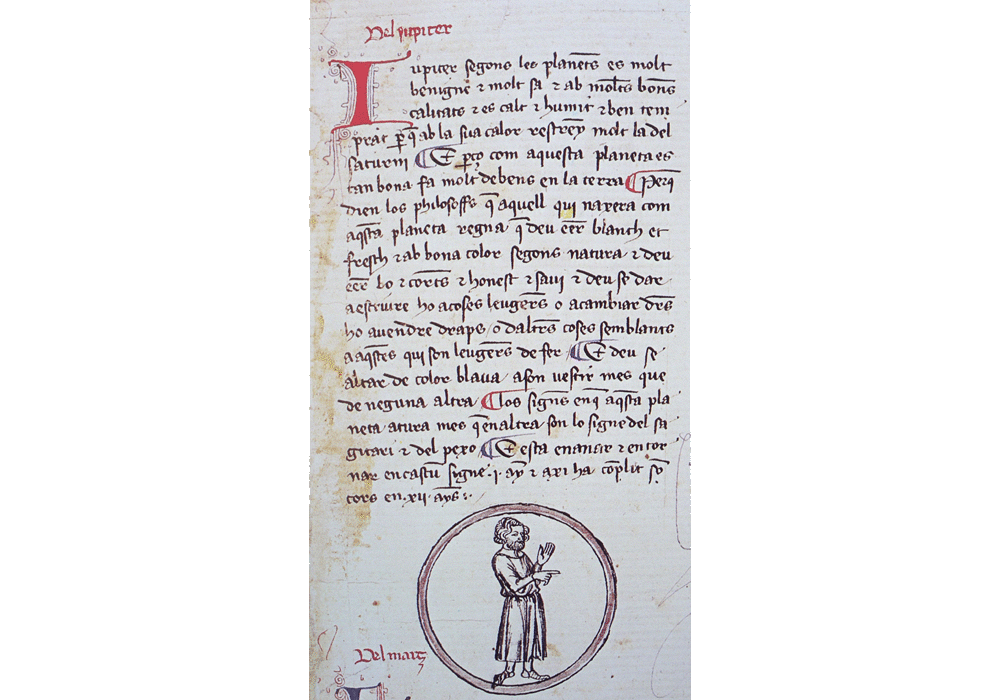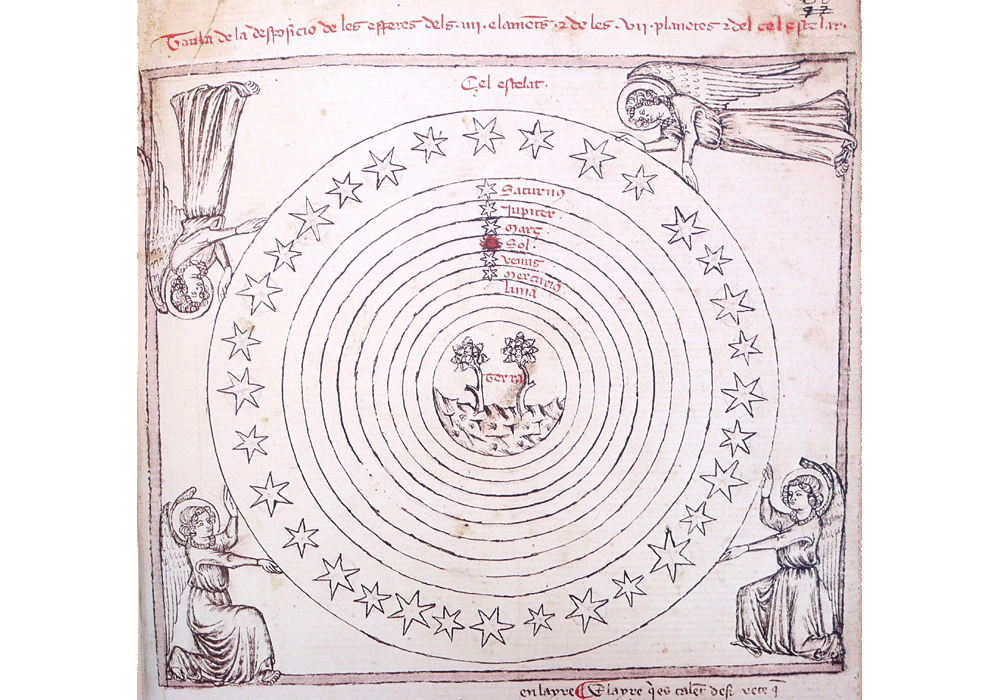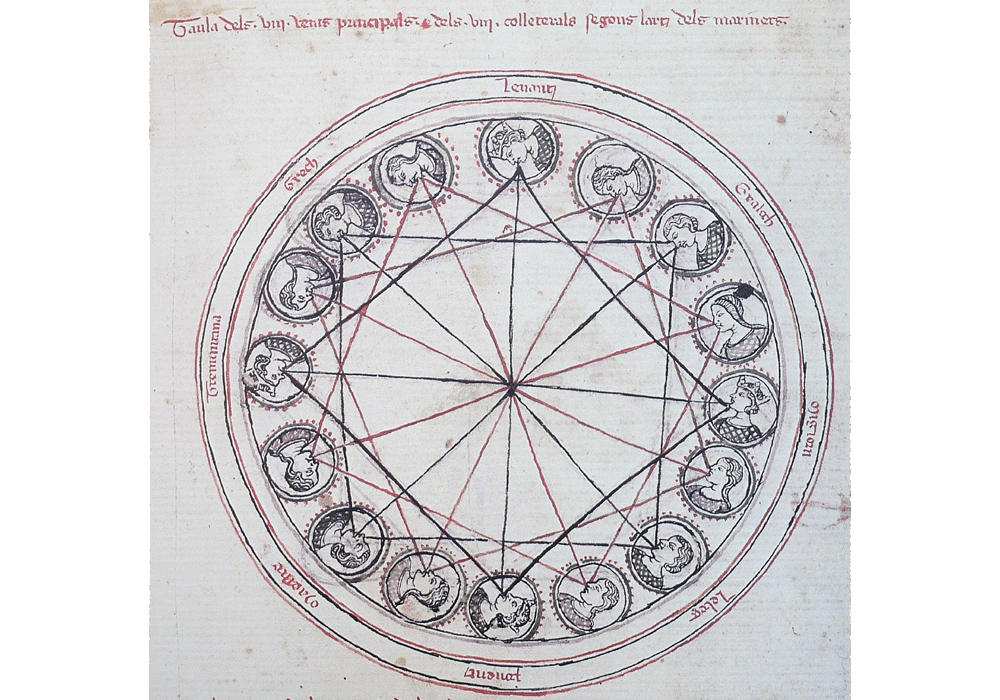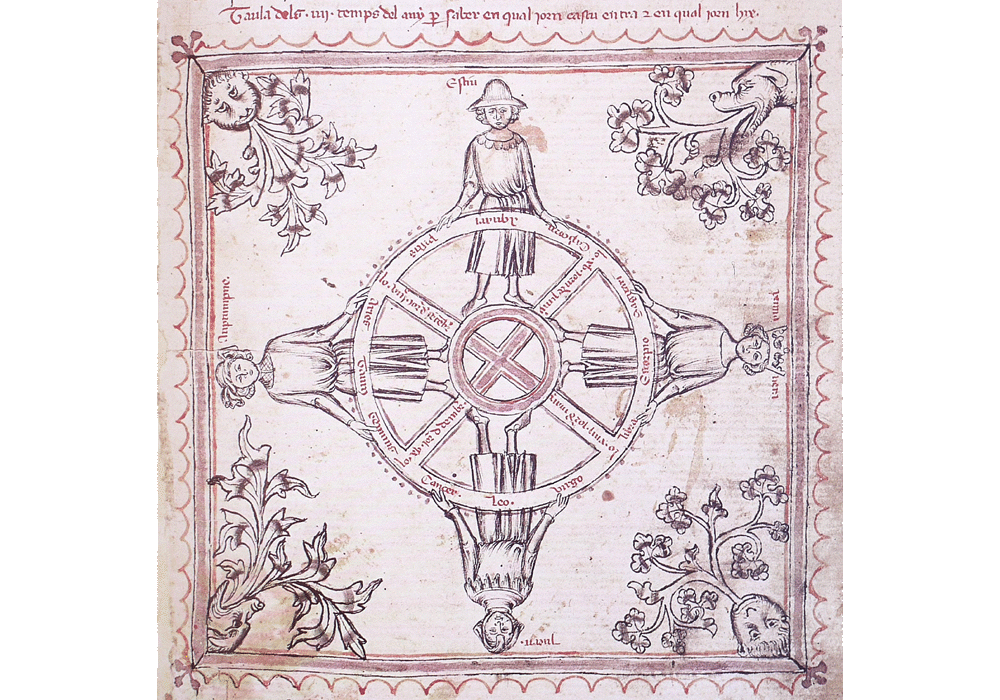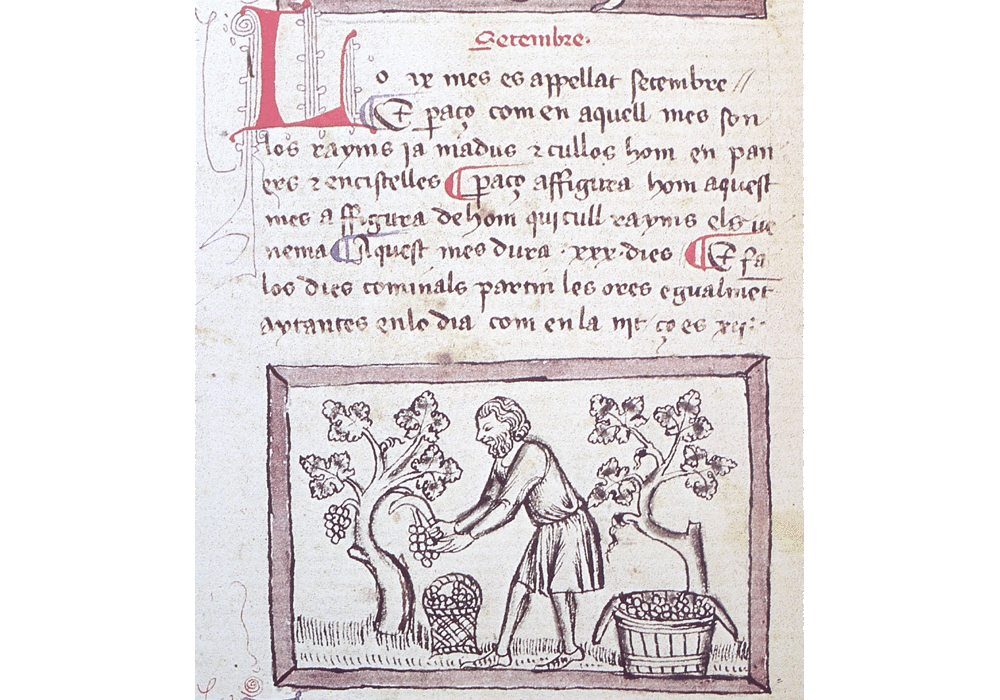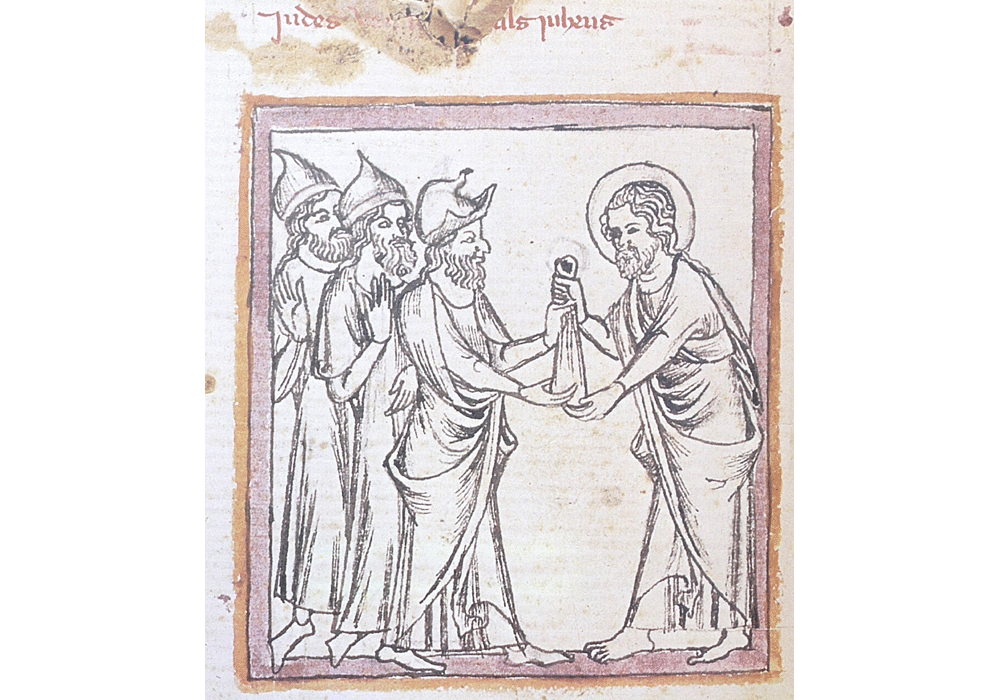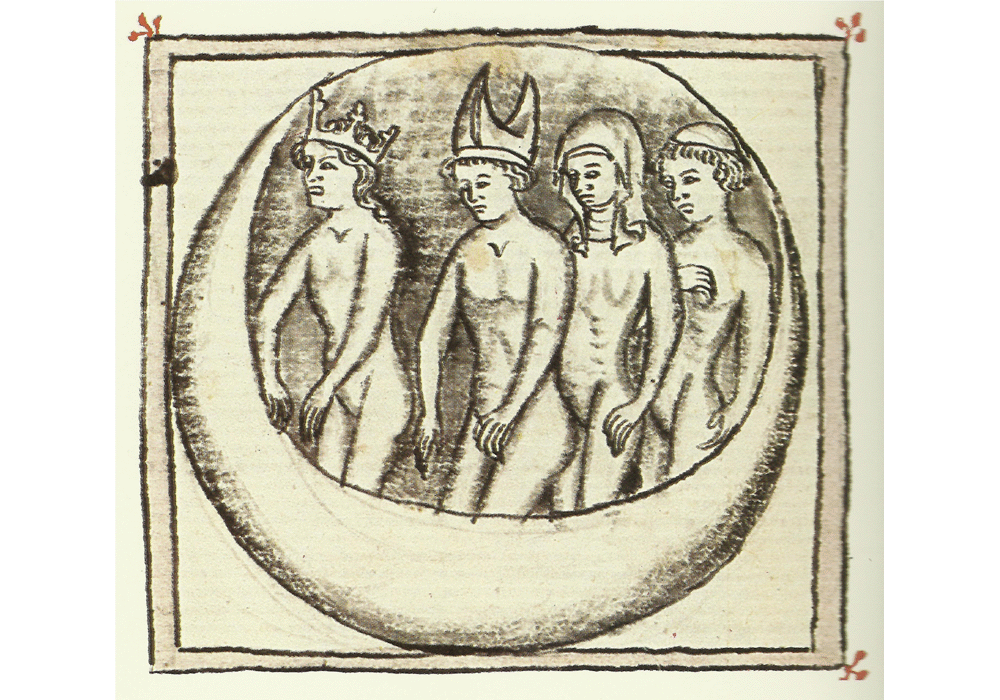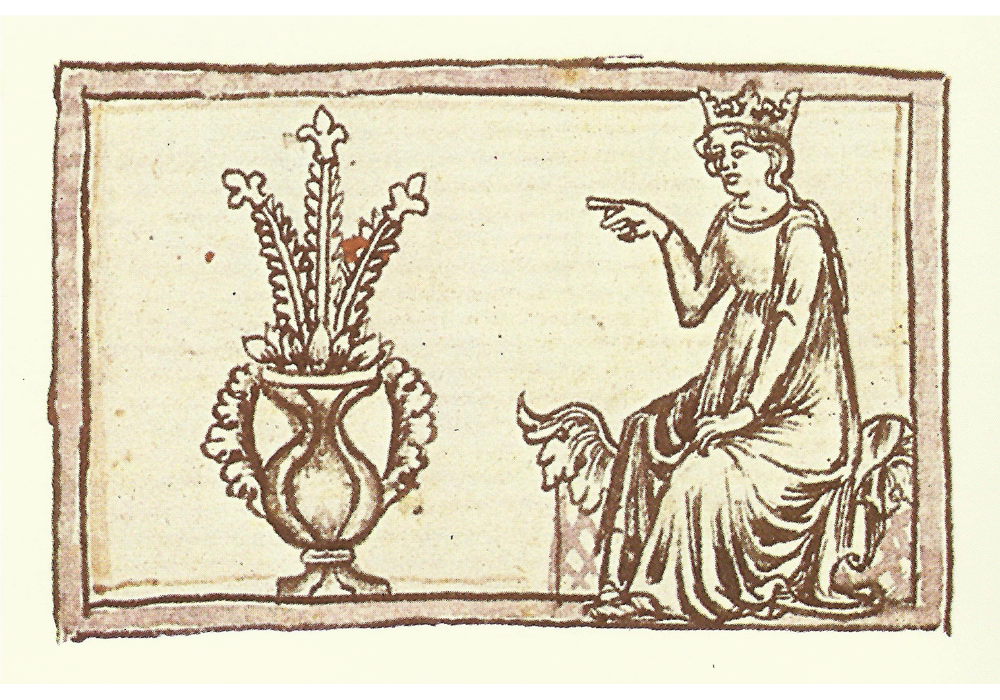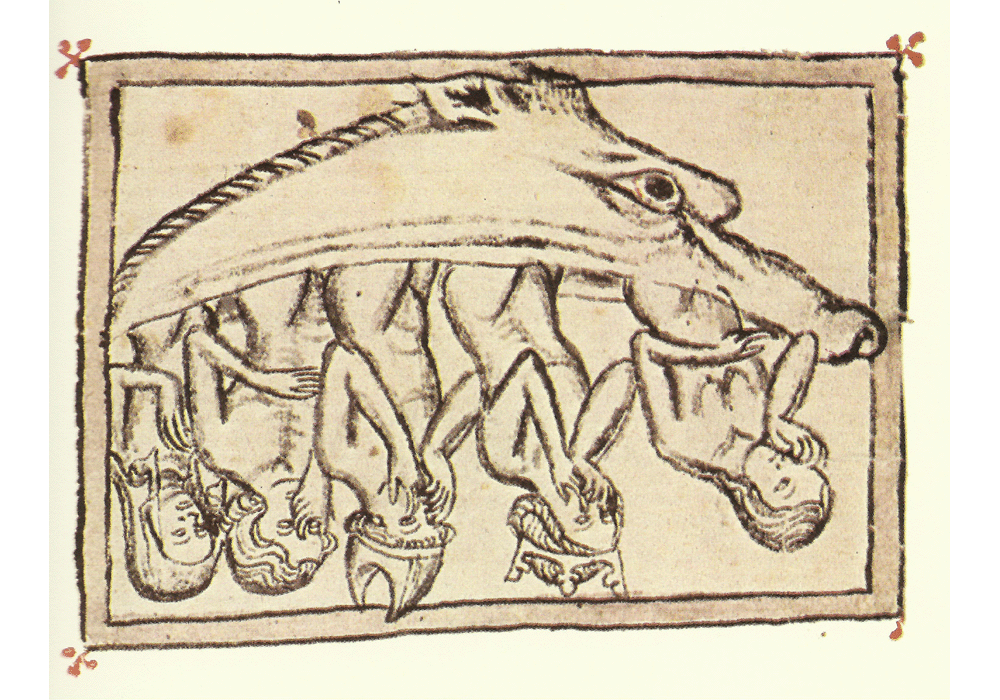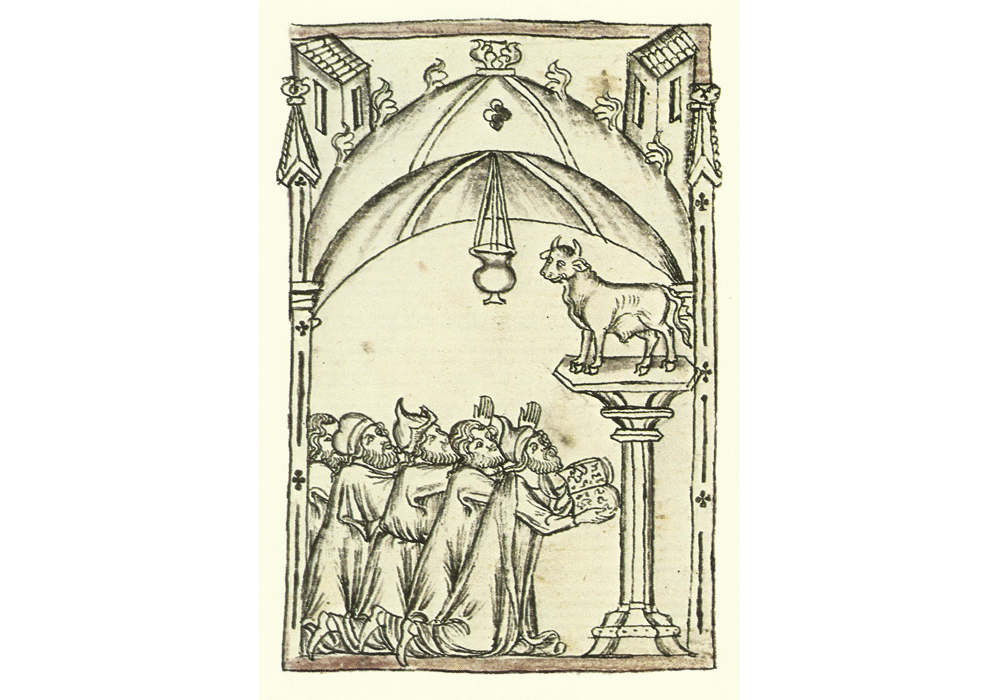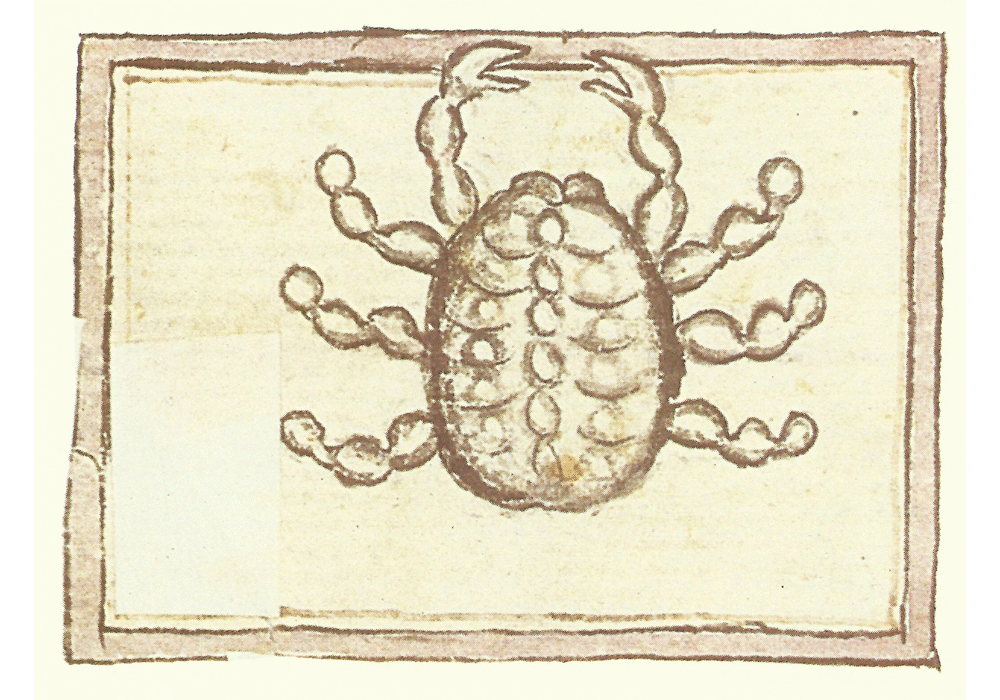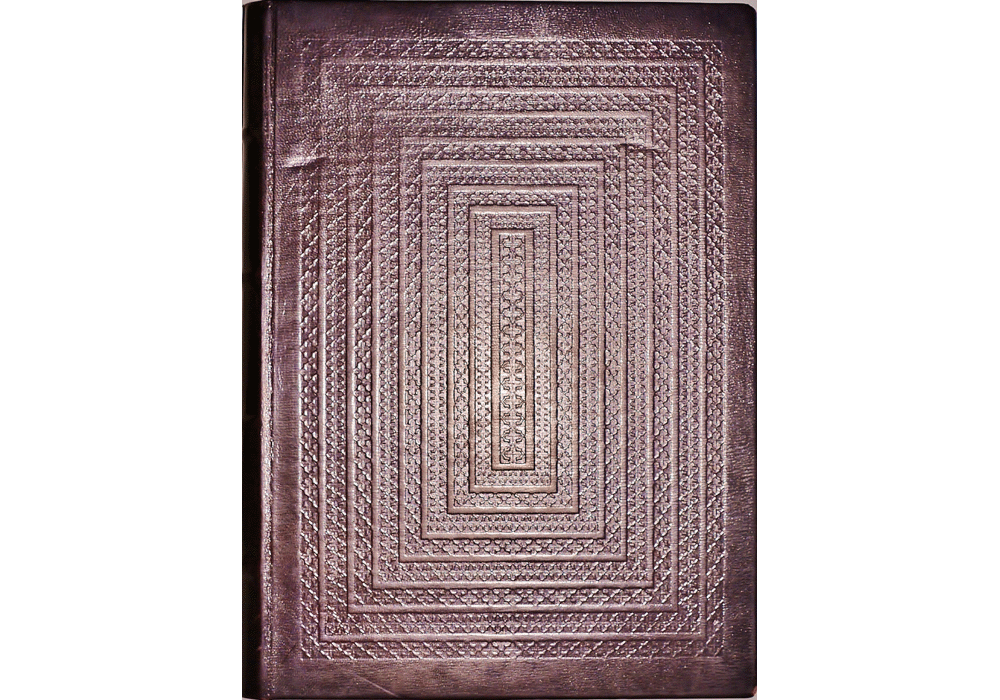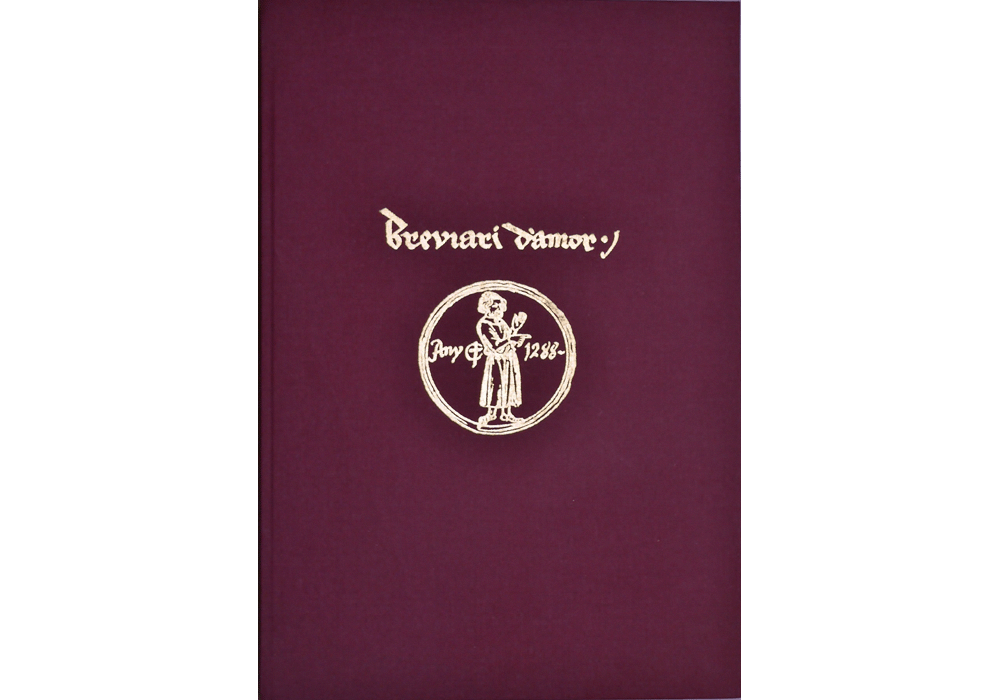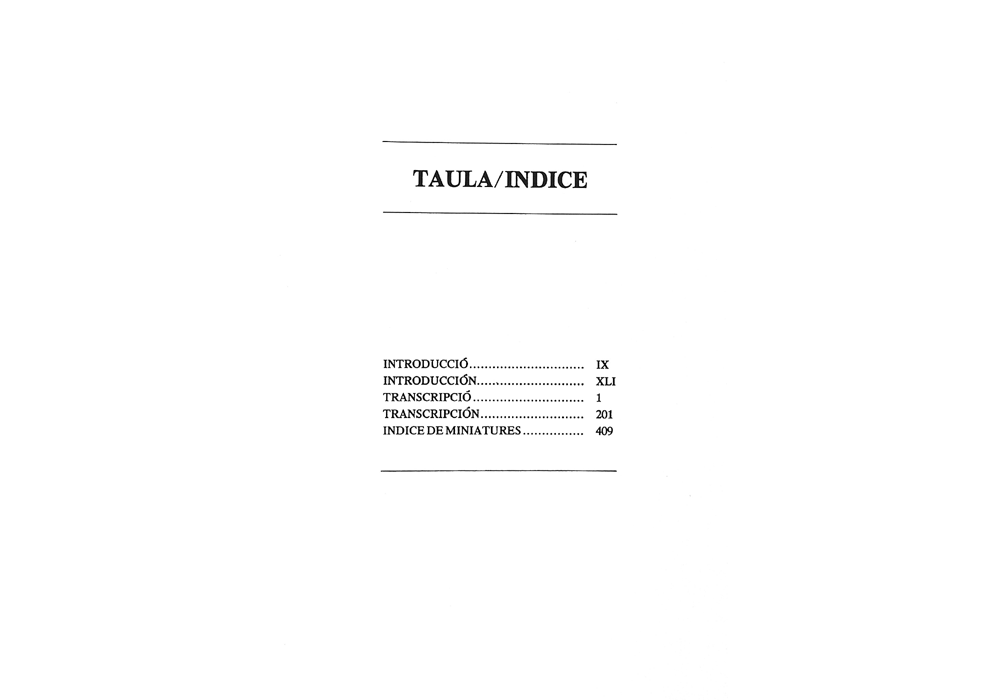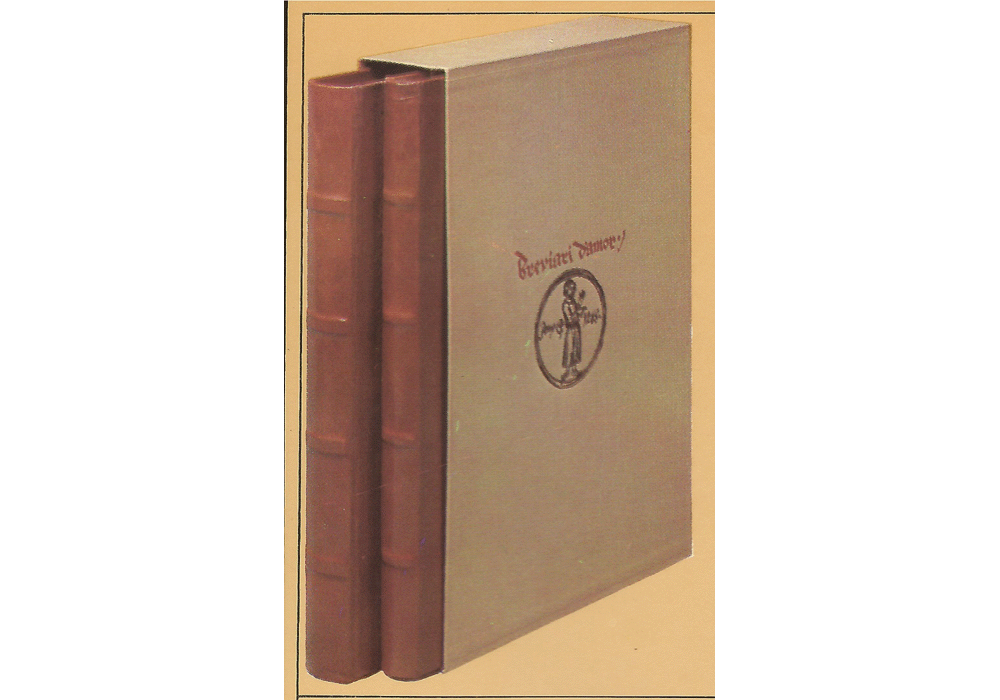|
|
|
| Seguir @vicentgarciaedi Twittear |
|
vgesa |

|
|
|
Synopsis: The Breviari d'Amor (The Love Breviary), originally written in the Provençal dialect by the Franciscan monk Matfre Ermengaud de Béziers, between the years 1288 and 1292, and translated into Valencian (probably by Guillem de Copons) one hundred years later, gained a rapid and continuous acceptance in Western Europe throughout the Middle Ages. But it is in France and in the Crown of Aragon, where it really became the favourite book of many bibliophiles and learned men. The Breviari is translated in the years in which the immediate splendour that the Valencian Literature was about to achieve, is becoming quite evident. Hence, the translation of this book into Valencian can also be interpreted as a tribute to the rich Occitan literature that had so influenced the first poets of the Kingdom of Valencia and that was being subjugated by the French language during these latest lustres of the fourteenth century. On the other hand, it underlines, once again, the close ties and deep cultural affinities between the Crown of Aragon and the Occitania lands. Astronomy, natural history, astrology, meteorology, physics, geography, theology and morality are explained in the form of short stories, coloured by all sorts of rhetorical and linguistic resources which make any subject be gifted with a special charm we perceive in a much higher degree as readers of a piece of work that was aimed at readers and/or viewers of six centuries ago. The author's ingenuity becomes the sharpest as he satirizes about some sections of society. Doctors, farmers, minstrels, kings, administrators, women, players, bourgeois... are passed through an ironic, often deeply demanding and always poignant, sieve. The symbology used by the author to convincingly describe evil is truly amazing. Its reading constitutes a total pleasure if we accompany it by a detailed analysis of its abundant and delicious miniatures. This issue is preserved at the Biblioteca Nacional de España (National Library of Spain), in Madrid, where it arrived after a hazardous secular journey which began in 1426 in Valencia and ended at the Library of the count-duke of Olivares, from where it was moved to the Biblioteca Real (the Royal Library, today called the National Library).
|
IBIC Rating: |
||
|
AC History of art / art & design styles |
1D Europe
|
|



